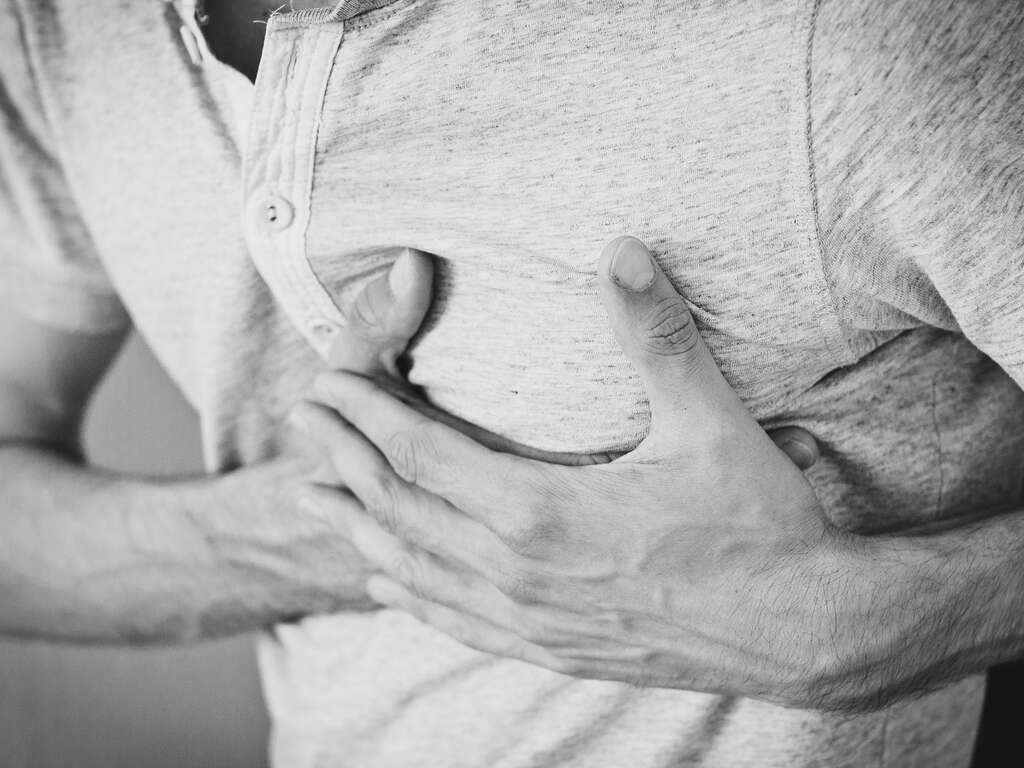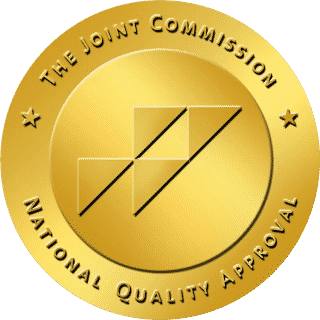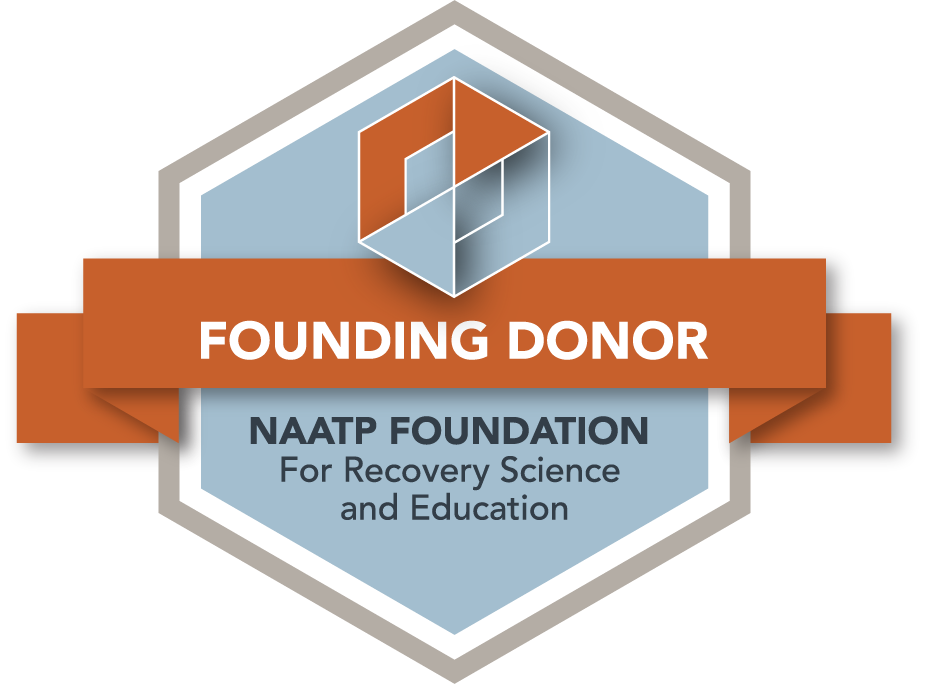What are Aerosol Drugs?
Aerosols are the toxic substances–propellants–in spray-can products. They are often common household or commercial products such as spray paints, hair or deodorant sprays, aerosol computer cleaning products and vegetable oil sprays.
Drug use and abuse of aerosols, such as sniffing or huffing spray paint in a plastic bag, has become increasingly popular in recent years. Some experts predict that inhaling aerosols will soon become the most common form of drug abuse in the United States.
It is a very dangerous habit as inhaling aerosol products can cause brain damage or sudden sniffing death.
Types of Aerosols
- Hair Spray or Deodorant
- Paint Sprays
- Computer Cleaning Products
- Vegetable Oil Sprays
- Asthma Inhalers
Side Effects of Aerosol Inhalants

Inhalants affect people differently, based on their size, weight, health. Also, whether the person is taking other drugs at the same time, the amount taken, and other factors.
The effect of huffing inhalants lasts for about 30 minutes. Most people who use them repeat doses over several hours to continue the effect.
How do Inhalants Affect the Brain?
According to information on the drug abuse website of the National Institute on Drug Abuse (NIDA), inhalant use changes the way your brain communicates with the central nervous system and the rest of the body.
Inhalant use can cause a person to feel drunk or euphoric. Many inhalants affect the brain in ways similar to depressants like tranquilizers, sedatives, or alcohol, although the effects are usually shorter-lasting.
Inhalant Abuse is Common
Because most inhalants are legal, affordable, and accessible, it is also a convenient method of abuse for teens and younger children.
Substance Abuse and Mental Health Services Administration on Inhalants
In 2020, the Substance Abuse and Mental Health Services Administration (SAMHSA) did a survey on the Key Substance Use and Mental Health Indicators in the United States for the U.S. Department of Health and Human Services. Inhalant Use was a surveyed topic with the following results:
Among people aged 12 or older in 2020, 0.9 percent (or 2.4 million people) used inhalants in the past year. Unlike other illicit drug use estimates, the percentage was highest among adolescents aged 12 to 17 (2.7 percent or 683,000 people).
Percentages decreased with age (1.5 percent of young adults aged 18 to 25 or 507,000 people; 0.5 percent of adults aged 26 or older or 1.2 million people).
What is Sudden Sniffing Death?
Sudden sniffing death syndrome is when the heart stops beating during inhalant abuse due to butane, propane, and other chemicals in aerosols. As the name implies, it is always fatal.
Can Someone Overdose on Inhalants?
Yes, overdose is possible, and there is an elevated risk of death or serious injury. Even common household or commercial products such as correction fluid or video head cleaner can trigger seizures or comas.
Can an Inhalant Overdose be Treated?
Most inhalants affect the central nervous system and slow down brain activity. Overdosing on inhalants can cause seizures and/or chest pain and heart stoppage. Emergency medical care in these instances focuses on ending the seizure or restarting the heart.
It is helpful for the emergency medical team to know what brought on the symptoms. Anything that may indicate inhalant abuse should be brought to their attention.
For example, often a paper or plastic bag is used for substance abuse of household products. Use of nitrous oxide may be indicated by leftover “whippet” cannisters used with whipping cream.
Short-term health effects include:
- Slurred speech
- Lack of coordination
- Euphoria
- Dizziness
- Hallucinations
Long-term health effects
According to the National Institute on Drug Addiction (NIDA), those who abuse inhalants may experience the following long-term effects:
- Damage to kidneys and liver
- Loss of hearing
- Damage to nerve fibers
- Damage to bone marrow
- Limb spasms and loss of muscle coordination
- Slowed behavioral development
- Brain damage
Misuse of nitrites for sexual pleasure can lead to unsafe sex, increasing the chances of spreading infectious diseases such as HIV/AIDS or hepatitis.
Aerosol Drug Abuse
Inhalant abuse is a dangerous problem because users develop a need to do it more to sustain the brief highs.
A person who abuses inhalant vapors will exhibit signs of alcohol intoxication, including slurred speech, loss of motor control, loss of appetite, sweating problems, difficulty in coordinating movements, and vomiting.
They may also have an increased risk of violent behavior. Early intervention is crucial to prevent grave consequences like long-term brain damage and even sudden death.
Some common signs of aerosol abuse include:
- Red eyes
- Runny nose
- Unusual smelling breath
- Paint or stains on clothing or face
- Loss of appetite
- Drunken appearance
- Anxiety
- Sores around mouth
Withdrawal Symptoms
Persons trying to quit a habit of using inhalants may have withdrawal symptoms that include:
- nausea
- loss of appetite
- chest pain
- limb spasms
- sleep problems
- sweating
- mood changes
History of Aerosols
Norwegian Erik Rotheim invented and patented the forerunner of the modern aerosol can in 1926 for application of wax to snow skis.
Looking for a way to repel mosquitos and curb the spread of malaria among U.S. military in the Pacific during World War II, U. S. Department of Agriculture researchers developed a small aerosol can pressurized by a liquefied gas. After World War II, the leftover cans of mosquito repellant ended up in war surplus stores and quickly became popular with the public.
Aerosol sprays are highly concentrated and contain a large amount of harmful chemicals. In the 1970s, concern about the impact of fluorocarbons in aerosol sprays on the environment led to the introduction water-soluble hydrocarbons in aerosols.
Treatment of Drug Abuse at La Hacienda
La Hacienda Treatment Center believes in care that addresses the patient’s mind, body, and spirit.
Trained and licensed medical and clinical professionals thoroughly evaluate each patient’s condition, co-occurring health problems, and history, then prepare an effective treatment plan around their particular needs.
There is no known medication for treating inhalant abuse. As with other substance use disorders, patients suffering from this condition are counseled individually and in groups, and receive instruction in cognitive behavior therapy.
All patients are also led through the first four steps of the 12 Steps and encouraged to complete the program after discharge.
For more information about treatment at La Hacienda or to start the admission process, call and talk with one of our knowledgeable admission specialists.

Nitrites
Amyl nitrites are drugs related to the nitrate medications and are usually inhaled to cause intoxication to relieve the pain of angina attacks. It works by increasing the supply of blood and oxygen to the heart and relaxing blood vessels while reducing the heart’s workload.
Nitrite abuse often occurs with individuals seeking to enhance sexual function and pleasure. This is often associated with unsafe sex that greatly increase the risk of contracting and spreading infectious diseases. Nitrites are banned by the Consumer Product Safety Commission except when used in products approved for other uses.

Inhalants
Inhalants produce psychoactive effects in the brain when those using inhalants breathe the gases into their lungs. Inhalant abuse, such as huffing paint, can lead to adverse health effects, including death.
The most common type of inhalant is aerosol spray propellant, but there are many other types such as nitrous oxide (laughing gas), amyl nitrite (“poppers”), isobutyl nitrite, butane lighters, gasoline, and even household products like spray paint and whipped cream aerosol cans (whippits).

Spray paint
Inhaling fumes from toxic chemicals in spray paint cans–propellants and solvents–carries the toxic chemicals into the lungs, the blood system, and then the brain, causing mind-altering effects.
The result is like that caused by depressants such as tranquilizers, sedatives, or alcohol, although usually shorter-lasting. The potential negative consequences of huffing paint and the other forms of abuse are extremely dangerous: damage to the brain, neurological problems, cardiac arrest, and sudden death.

Volatile Solvents
Volatile solvents are chemical substances that vaporize at room temperature. These volatile substances are often inhaled and breathed in through the lungs. The inhaled volatile substances in spray paint cans–propellants, nail polish remover and solvents–pass from the lungs into the blood system and on to the brain, causing mind-altering effects.






